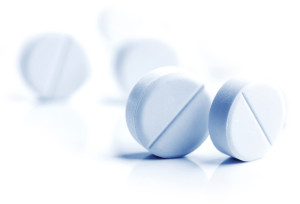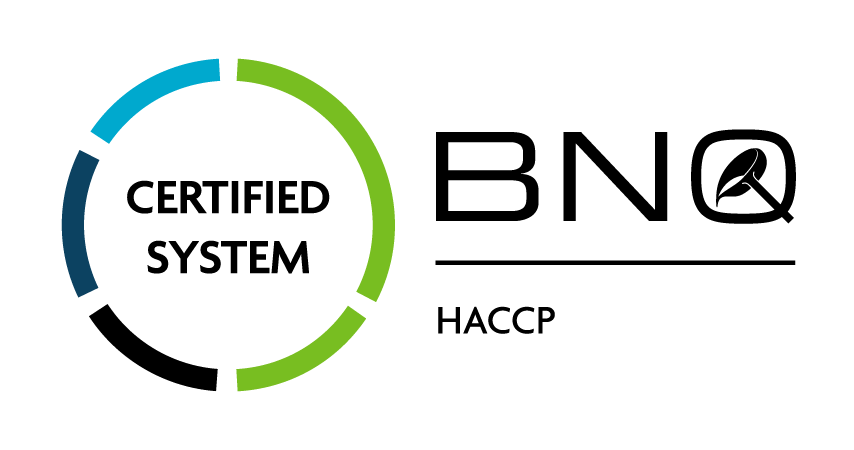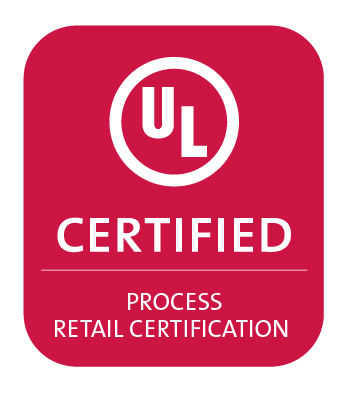
A full-service contract manufacturing organization (CMO) encounters many compounds at different phases of development and varying customer requirements. From fully developed large scale manufacturing to a single development batch, the CMO must be prepared to handle multiple compounds in the same facility. One extremely important requirement is ensuring that the established cleaning procedures remove all residual Active Pharmaceutical Ingredient (API) from all product-contact equipment parts utilized during manufacturing so that there is no risk of cross-contamination.
The FDA clearly outlines its expectations within the “Validation of Cleaning Processes” under Inspections Guides. To satisfy the enumerated expectations, there can be many different approaches to cleaning verification and/or validation, and the CMO must determine the most efficient, cost-effective and practical approach. In a CMO setting, a standard three-batch validation approach may not be the most practical as there may not be three sequential batches being manufactured at one time. Additionally, a verification following each manufactured batch could be considered as it would be sufficient to ensure no residual API, or detergent. However, this is not the most cost effective approach as this approach would result in a large amount of sample analysis and obvious increases to laboratory costs.
A risk-based approach using a worst-case scenario is the most appropriate for a CMO. By using a known compound with low solubility and low potency on the highest-risk equipment and equipment locations, a validation protocol can be developed to ensure the removal of the API. All considerations outlined in the FDA’s Inspection Guide must be satisfied, including equipment design evaluation, written and repeatable cleaning procedures and sampling procedures, validated analytical methods and established acceptance criteria.
Following successful completion of the validation protocol, a risk-based matrix and process must be created. Every new compound must be evaluated using the defined matrix including all excipients and equipment to be used. If a new compound is found to be a higher risk than the compound originally tested, a new validation protocol must be established and performed using the new compound.
By establishing a worst-case scenario risk-based matrix approach to cleaning verification/validation, a CMO can satisfy all regulatory and cGMP requirements while maintaining a lean and cost-effective operation.
References:
FDA Inspection Guides – Validation of Cleaning Processes.
http://www.fda.gov/ICECI/Inspections/InspectionGuides/ucm074922.htm
Guidance on aspects of cleaning validation in active pharmaceutical ingredient plants. http://apic.cefic.org/pub/pub-cleaning-validation.pdf






